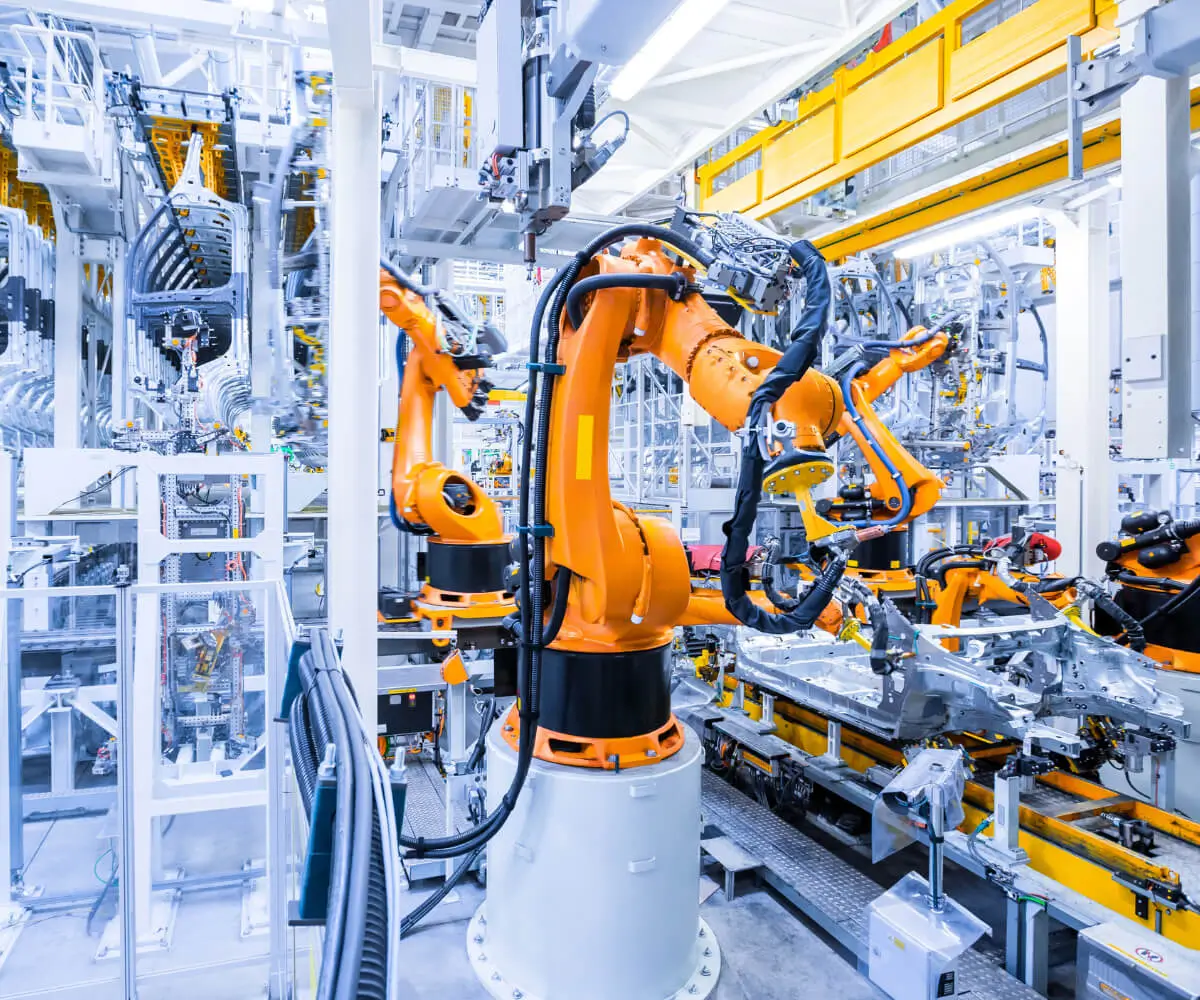In today's fast-paced tech world, microservices have become the heartbeat of many digital platforms. Everyone talks about how they make systems more flexible, more scalable, easier to update. But let’s be real — behind that shiny facade, performance challenges are lurking, ready to throw everything off balance if not tackled head-on.

Take a moment to imagine your application as a busy city. Microservices are like those tiny, specialized shops scattered everywhere. Each one needs to communicate smoothly with its neighbors. But what happens if one shop slows down, or the street gets congested? The entire city feels the ripple. That’s where performance bottlenecks crop up—latency spikes, system crashes, or even data inconsistencies. It’s not just about having a bunch of services; it’s about making sure they work together seamlessly under pressure.
One of the trickiest issues is balancing the load. When a spike hits — say, a sudden surge of users during a flash sale — some services get overwhelmed while others sit idle. Without intelligent load management, the whole ecosystem can collapse. That’s when resource contention comes into play, and it’s a fight for CPU cycles, memory, and bandwidth. If not addressed, it leads to sluggish responses that frustrate users and tarnish your reputation.
Then, there’s the challenge of managing communication between services. Microservices often rely on network calls, which are inherently slower than in-process communication. Throw in unreliable networks, and you’ve got a recipe for timeout errors and partial failures. These issues aren’t just annoying; they can cascade, causing data corruption or system downtime.
Another layer of complexity is monitoring and diagnostics. Microservices multiply the points of failure. Without deep visibility, trouble can brew unseen. You’ll find yourself chasing shadows, trying to pinpoint why some parts lag while others are crisp. It’s like trying to fix a noisy engine without knowing which part is misfiring.
And here's a question that often gets asked: How do you ensure consistent performance as your system evolves? Rolling out updates or scaling services dynamically sounds great on paper, but it can introduce instability if not managed carefully. Performance tuning becomes an ongoing battle, requiring thoughtful strategies and robust automation.
So, what can be done? The right tools, like intelligent load balancers, scalable orchestration platforms, and advanced monitoring solutions, are game changers. They help preempt bottlenecks, diagnose issues in real-time, and keep services humming along smoothly.
All in all, microservices performance isn't just a technical challenge. It’s a balancing act — juggling speed, reliability, and scalability — and it demands vigilance, expertise, and a bit of grit. When done right, it transforms a fragile system into a resilient powerhouse. When overlooked? Well, let’s just say the city’s traffic gets snarled, and everyone ends up frustrated.
Established in 2005, Kpower has been dedicated to a professional compact motion unit manufacturer, headquartered in Dongguan, Guangdong Province, China. Leveraging innovations in modular drive technology, Kpower integrates high-performance motors, precision reducers, and multi-protocol control systems to provide efficient and customized smart drive system solutions. Kpower has delivered professional drive system solutions to over 500 enterprise clients globally with products covering various fields such as Smart Home Systems, Automatic Electronics, Robotics, Precision Agriculture, Drones, and Industrial Automation.




































